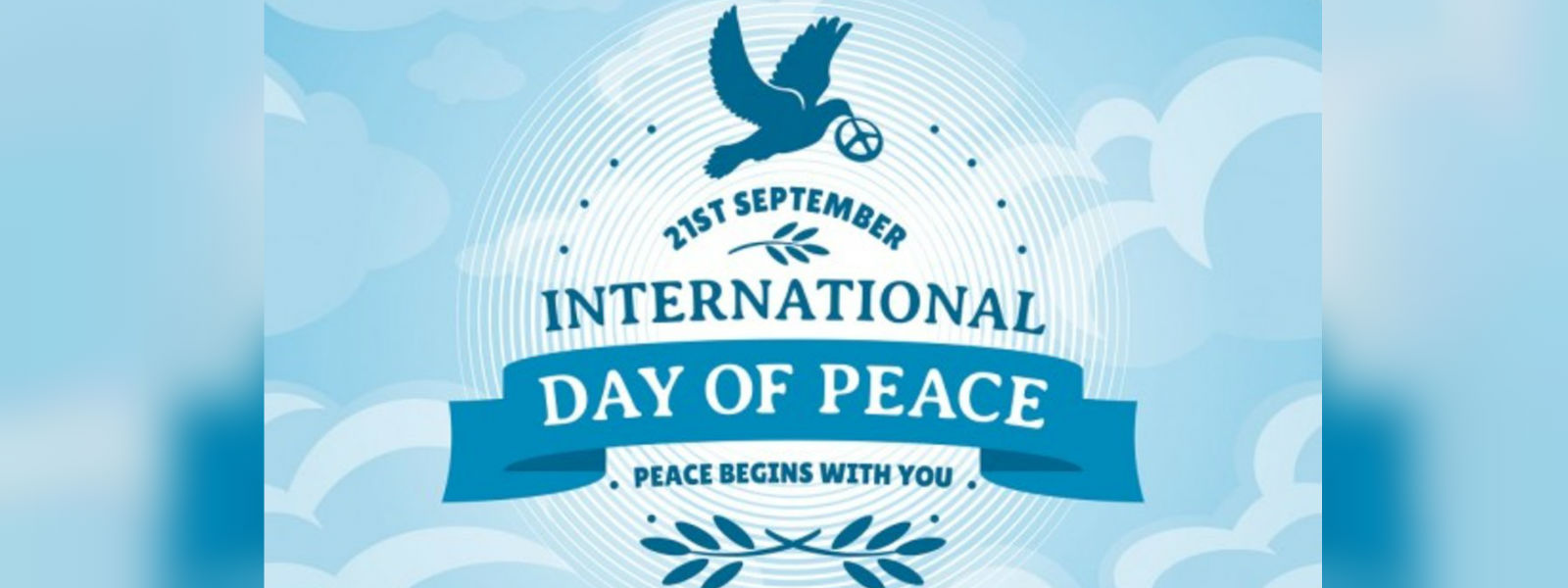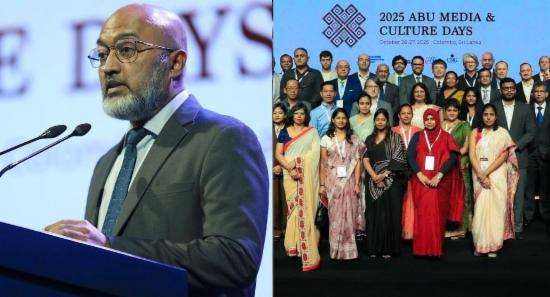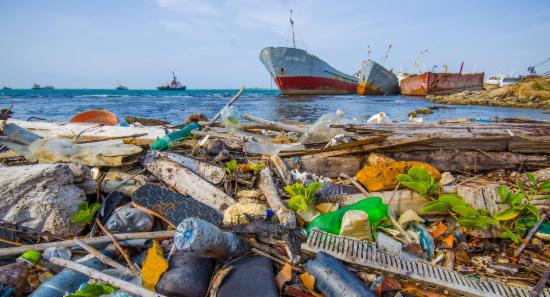.webp)

What does ‘the Right to Peace’ mean to you?
The International Day of Peace is to be observed today on the 21st of September 2018. The theme for 2018 is “The Right to Peace - The Universal Declaration of Human Rights at 70” and thus connects the 70th anniversary of the Universal Declaration of Human Rights with the right to peace.
Article 3 of the Universal Declaration of Human Rights provides that “Everyone has the right to life, liberty and security of person”. Article 27 of the Constitution of the Democratic Socialistic Republic of Sri Lanka provides for the directive principles of state policy that guide the state in enacting laws and establishing a just society and these include the following:
- Article 27 (2) (a) the full realisation of the fundamental rights and freedoms of all persons
- Article 27 (5) the State shall strengthen national unity by promoting co-operation and mutual confidence among all sections of the People of Sri Lanka, including the racial, religious, linguistic and other groups and shall take effect steps in the fields of teaching, education and information in order to eliminate discrimination and prejudice
- Article 27 (6) The State shall ensure equality of opportunity to citizens so that no citizen shall suffer any disability on the ground of race, religion, language, caste, sex, political opinion or occupation.
- Article 27 (7) The State shall eliminate economic and social privilege and disparity and the exploitation of man by man or by the State.
- to further the national interest and to foster national unity; and
- to respect the rights and freedoms of others
Protection of rights
The right to peace is rooted in the protection of the fundamental rights of all citizens of the country as laid out in the Constitution. The National Action Plan for the Protection and Promotion of Human Rights 2017-2021 reveals the commitment of the government in setting out goals for the protection of human rights and steps to implement protection of such rights within certain time periods. Protection of civil and political rights include protecting the right to life, protecting the liberty and security of all persons, recognising the right to privacy and protecting the freedom of speech and expression including the right to information. The protection of all these civil and political rights form the basis for a peaceful and just society. The prevention of torture comprises of a variety of steps. These range from effective investigations into complaints of torture to preventive measures against torture and must include prosecution of perpetrators of torture as well. The rights of women, children, migrant workers, internally displaced persons and persons with disabilities are also considered within the National Plan and measures for the protection of the rights of these groups must be implemented for there to be justice and peace in the country.Peace within the household
Does questioning ‘what the right to peace means to us’ involve the reexamination of gender relations and family values when considering how to maintain peace within the family? There is a high prevalence of domestic violence or intimate partner violence reported in Sri Lanka and such violence against women is usually normalised and justified in society. It is often said that “ගෙදර රණ්ඩුව බත ඉදෙනකන් විතරයි” or ‘violence in the home is only until the rice is cooked’ and this is one of the cultural ideologies that perpetuate the practice of violence against women. In this context, it may be argued that violence against women and accordingly the infringement of her rights within the household creates a dysfunctional family unit; as gendered violence is at the centre of family relations rather than peace and harmony. It is imperative that violence against women is addressed and that perpetrators are held responsible whilst victim survivors are strengthened so that ultimately it is a peaceful household that forms the basis of our society.Peace between different communities
What does the right to peace mean to us with regard to relationships amongst different ethnic and religious communities? On the one hand, we often celebrate our ‘Sri Lankan’ identity as one that unites the varying ethnic and religious communities with everyone living together in peaceful coexistence. On the other hand, the belief that it is the Sinhala Buddhists that are the dominant identity group whilst all other ethnic and religious groups are subservient to it, is perpetuated and this create tensions, division and violence. [1] These differences between the ‘main’ and the ‘other’ are emphasized to the extent that difference is perceived as a threat to peace and unity rather than as an opportunity to explore how differences, rather than similarities, can bring people together so that they live in peace and harmony.Does the ‘right to peace’ mean to us the ‘right to be different’?
Our response to impunity
In questioning what the right to peace means to us it is important to examine our response to lawlessness, violence and impunity in our society. Do we demand accountability from those in positions of authority or are we comfortable to sit back in our rocking chairs and watch? In the Interim Report of the Office on Missing Persons it was stated that “Bringing perpetrators of enforced disappearances to justice is not just an essential component of providing remedies to victims and their families but is important for society at large as it can challenge the systemic impunity which facilitated the crime of disappearance”. In the Interim Report, it was also noted that “Some individuals suspected of having committed enforced disappearances and related offences are being permitted to remain in positions of power – especially within the armed forces and the police- where they can influence the progress of an investigation. The OMP notes with concern that in at least one case, an officer of the armed forces who is a suspect in an on-going court case relating to abductions and enforced disappearances has neither been suspended nor removed from exercising the duties and functions of his office”. Justice-related recommendations included that it be ensured that “state officials including members of the armed forces and police who are named as suspects or accused in criminal actions relating to abductions and enforced disappearances are suspended pending the final determination of such cases. In particular ensure that suspected officials are not transferred, promoted or offered any other office in the armed forces, police or the public service while cases against them are pending.” The provisions of the Interim Report and recommendations signify the impunity surrounding members of the army and law enforcement regarding responsibility for enforced disappearances and the necessity for there to be an end to such impunity. Conclusion On this International Day of Peace 2018, when we speculate on what the ‘right to peace’ means to us, let’s remember the family member looking for a loved one who has disappeared, the bruised and battered victim survivor of gender-based violence, the exploited migrant worker and the suspect of a crime tortured in police custody, and ask; what does ‘the right to peace’ mean to them?” Join in the global conversation and share your views on what the right to peace means to you and what action you can take to fight disharmony using ‘#peaceday and #standup4humanrightOther Articles
Featured News





.png )

-812087_550x300.jpg)
-810262_550x300.jpg)
-809496_550x300.jpg)






















.gif)